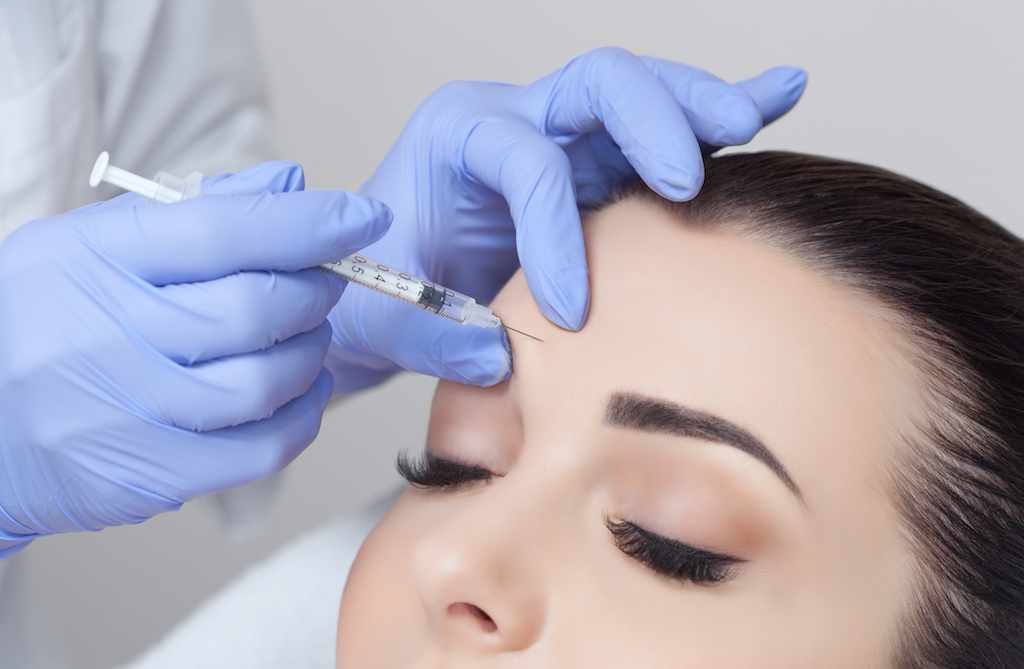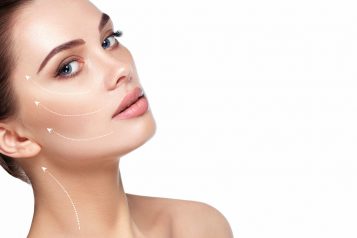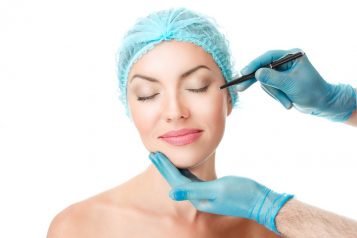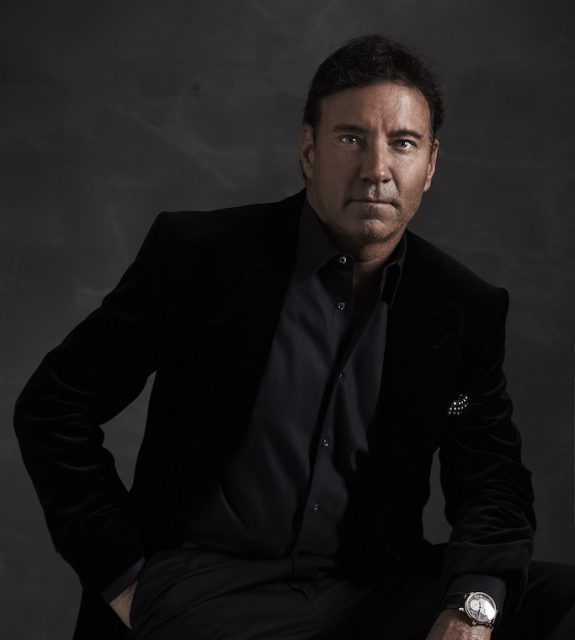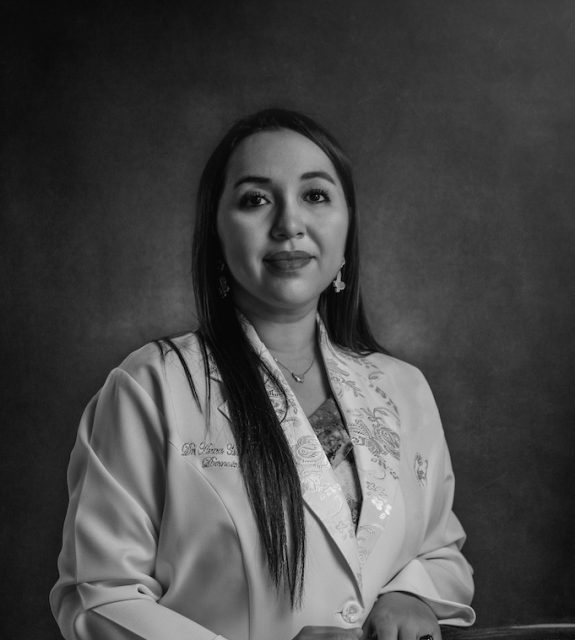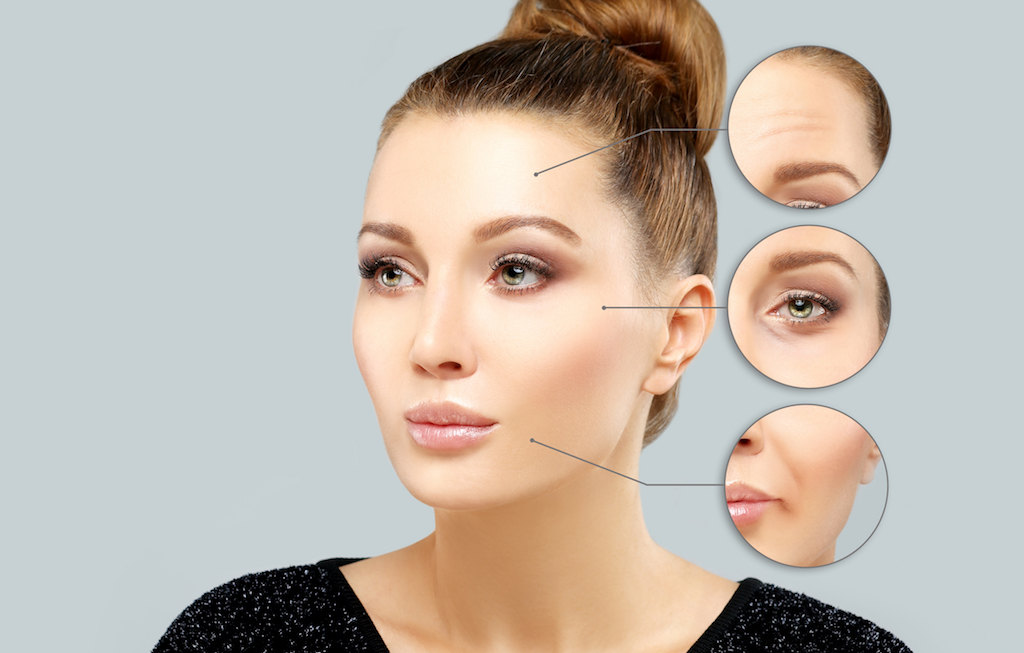
Written by Hassan Alnaeem, MD and Samuel J. Lin, MD, FACS
How popular are rejuvenation procedures in the United States these days?
According to American Society of Plastic Surgeons (ASPS) statistics, more than 15 million minimally invasive procedures were performed in the United States during the year 2018 including Botox, fillers, peels, skin tightening, micro-needling, lasers, and phototherapy1.
How popular are those procedures performed on people between the ages of 13 to 29?
According to American Society of Plastic Surgeons (ASPS) year 2018 statistics, more than 700, 000 procedures were performed on this age population1.
What is the most popular procedure on this age population?
Neurotoxin injections including Botox, Xeomin and Dysport, followed by chemical peels are the most popular among millennials aging between 13 to 29. The least popular is filler injections among millennials1.
Why are such procedures are becoming so popular in young people?
These days, the ‘selfie’ generation may have certain views on even faster fulfilment, and so it is not surprising that younger populations of people are electing for invasive and non-invasive procedures in hopes of achieving the perfect look. In fact, it is noted that the average millennial takes 28,000 selfies annually.2 It is no wonder that frequently viewing themselves through a camera lens leads to truly seeing themselves in a different light.
What is the logic behind injecting young faces without any signs of aging like wrinkling, skin laxity or hollowness?
A common trend emerging is the use of Botox for preventative aging rather than correcting the aging process. More and more millennials are requesting Botox to prevent wrinkle formation as opposed to correcting the wrinkles once they appear. It is commonly called as Preventative Botox. It is thought that perhaps this pre-emptive use will negate the need for surgical aging correction for a long time. However, time will tell whether this is indeed true2.
How does Botox prevent appearance of wrinkles?
Wrinkles start to appear as the muscle of facial expression repetitively pulls the facial skin in the same direction. Botox temporarily blocks the nerve signals to the facial expressive muscles. Weakening the expressive muscles of the face will prevent excessive and repetitive skin pulling, hence wrinkling3,4.
Who is the ideal candidate for preventive Botox and at what age should I start considering Botox?
A candidate is someone who just started to see fine lines which represent future wrinkles. Noted by some authors, expressive face and lines are a signal to start Botox in your twenties5.
Will preventive Botox reduce the need of Botox in the future?
It is possible that preventive Botox will reduce the need of Botox in the future as it staves off wrinkles. Preventive Botox is new trend that we don’t know how long the Botox will last to keep wrinkle from showing up. Chances that you will only need touch ups with Botox in the future the same way as traditional Botox treatment5.
As a board-certified plastic surgeon, would you encourage people in their twenties for the latest and top-notch aesthetic procedures?
The answer is no. Having a cosmetic procedure is a personal choice and should be made for the right reasons, not to achieve a social status. If you don’t have any wrinkles to begin with, better to weigh the side effect and benefits of Botox injections. Pre rejuvenation procedures are like any other procedures, it carries risks and side effects and it should be performed by a board-certified plastic surgeon2. In addition, careful decision making must be made for any surgical procedure along with research about surgical procedures being considered.
- Surgeon ASoP. ASPS National Clearinghouse of Plastic Surgery Procedural Statistics. 2018;2018.
- Rohrich R. Why are millennials getting Botox and fillers in their twenties? American Society of Plastic Surgeons. 2017.
- Noland ME, Lalonde DH, Yee GJ, Rohrich RJ. Current Uses of Botulinum Neurotoxins in Plastic Surgery. Plast Reconstr Surg. 2016;138(3):519e-530e.
- Sundaram H, Signorini M, Liew S, et al. Global Aesthetics Consensus: Botulinum Toxin Type A--Evidence-Based Review, Emerging Concepts, and Consensus Recommendations for Aesthetic Use, Including Updates on Complications. Plast Reconstr Surg. 2016;137(3):518e-529e.
- Kinonen S. This Is the Age You Should Start Preventative Botox, According to Dermatologists. Allure. 2017.
For more information, visit Dr. Samuel Lin's social media:







